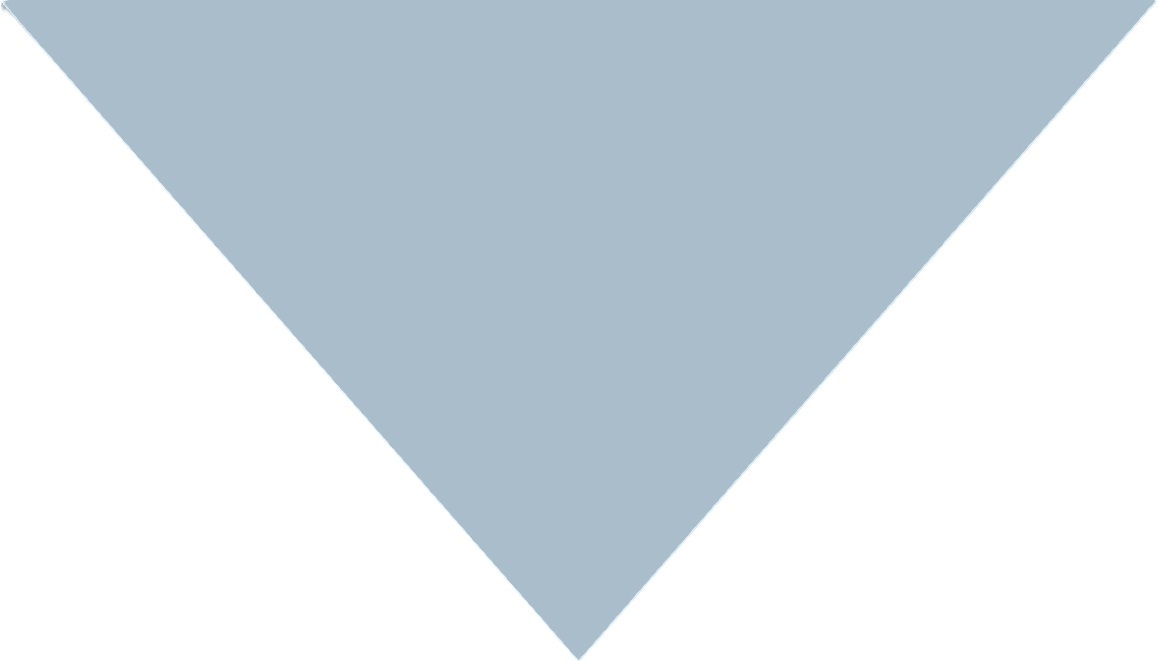Hair biology: structure, growth and function
What is hair to us? This is primarily beauty, but in fact, hair is a complex structure that performs various functions. Also, hair is one of the indicators of health. Let's take a closer look at the composition of the hair and its physiology.
Hair structure
Hair is made up of a protein substance called keratin. Keratin forms the outer part of the hair, called the cuticle, which protects it from external damage. The composition of keratin contains a large amount of the amino acid cysteine, which provides a strong and movable bond of protein molecules throughout the hair.
Keratin scales are glued together with a mixture of lipids and protect the hair from evaporation and loss of moisture from the inner layers of the hair.
Beneath the cuticle is the cortical layer, which is made up of strong keratin fibers that give the hair its strength and elasticity. Inside the hair is a soft and porous medullary layer.
Human hair is very strong, but it can break if subjected to aggressive damage (such as dyeing and bleaching) and excessive force.
Hair color
The color depends on the melanin pigment, its concentration and type: redheads have pheomelanin, brunettes have eumelanin, and blondes have a low concentration of pigment, so the hair is lighter.
Melanin not only gives hair color, but also provides strength and elasticity, protects against external ultraviolet exposure and environmental influences.
Hair growth and phases
The hair growth cycle consists of three phases: anagen, telogen and catagen.
During the anagen phase, the hair actively grows and reaches its maximum length. This phase can last from several years to several decades, depending on the genetics and general condition of the organism. In men, the anagen phase lasts an average of 2 to 4 years, in women from 4 to 7 years or longer.
The anagen phase is followed by the catagen phase, which is a transition phase. The hair stops growing and detaches from the nourishing structures in the follicle. The catagen phase is the shortest and lasts only a few weeks.
Then comes the telogen phase, also known as the resting phase or the hair loss phase. During this phase, the hair does not grow and remains on the head until a new hair starts to grow and pushes it out. The telogen phase can last about several months (on average 2-3 months)
Hair Functions
One of the main functions is to protect the scalp from the harmful ultraviolet rays of the sun, as well as the mucous membranes of the nose and eyes from damage. Hair also helps regulate body temperature, keeping you warm in cold weather and wicking it away in hot weather.
Hair performs a tactile function and is an indicator of the health of the body. Various types of narcotic and psychotropic drugs are deposited in the hair. And of course, hair performs an aesthetic function.
The biology of hair is interesting and diverse. It allows us to understand how and why hair grows and has different characteristics. Taking care of your hair, including proper care and nutrition, will help maintain their beauty and health.
What is hair to us? This is primarily beauty, but in fact, hair is a complex structure that performs various functions. Also, hair is one of the indicators of health. Let's take a closer look at the composition of the hair and its physiology.
Hair structure
Hair is made up of a protein substance called keratin. Keratin forms the outer part of the hair, called the cuticle, which protects it from external damage. The composition of keratin contains a large amount of the amino acid cysteine, which provides a strong and movable bond of protein molecules throughout the hair.
Keratin scales are glued together with a mixture of lipids and protect the hair from evaporation and loss of moisture from the inner layers of the hair.
Beneath the cuticle is the cortical layer, which is made up of strong keratin fibers that give the hair its strength and elasticity. Inside the hair is a soft and porous medullary layer.
Human hair is very strong, but it can break if subjected to aggressive damage (such as dyeing and bleaching) and excessive force.
Hair color
The color depends on the melanin pigment, its concentration and type: redheads have pheomelanin, brunettes have eumelanin, and blondes have a low concentration of pigment, so the hair is lighter.
Melanin not only gives hair color, but also provides strength and elasticity, protects against external ultraviolet exposure and environmental influences.
Hair growth and phases
The hair growth cycle consists of three phases: anagen, telogen and catagen.
During the anagen phase, the hair actively grows and reaches its maximum length. This phase can last from several years to several decades, depending on the genetics and general condition of the organism. In men, the anagen phase lasts an average of 2 to 4 years, in women from 4 to 7 years or longer.
The anagen phase is followed by the catagen phase, which is a transition phase. The hair stops growing and detaches from the nourishing structures in the follicle. The catagen phase is the shortest and lasts only a few weeks.
Then comes the telogen phase, also known as the resting phase or the hair loss phase. During this phase, the hair does not grow and remains on the head until a new hair starts to grow and pushes it out. The telogen phase can last about several months (on average 2-3 months)
Hair Functions
One of the main functions is to protect the scalp from the harmful ultraviolet rays of the sun, as well as the mucous membranes of the nose and eyes from damage. Hair also helps regulate body temperature, keeping you warm in cold weather and wicking it away in hot weather.
Hair performs a tactile function and is an indicator of the health of the body. Various types of narcotic and psychotropic drugs are deposited in the hair. And of course, hair performs an aesthetic function.
The biology of hair is interesting and diverse. It allows us to understand how and why hair grows and has different characteristics. Taking care of your hair, including proper care and nutrition, will help maintain their beauty and health.










